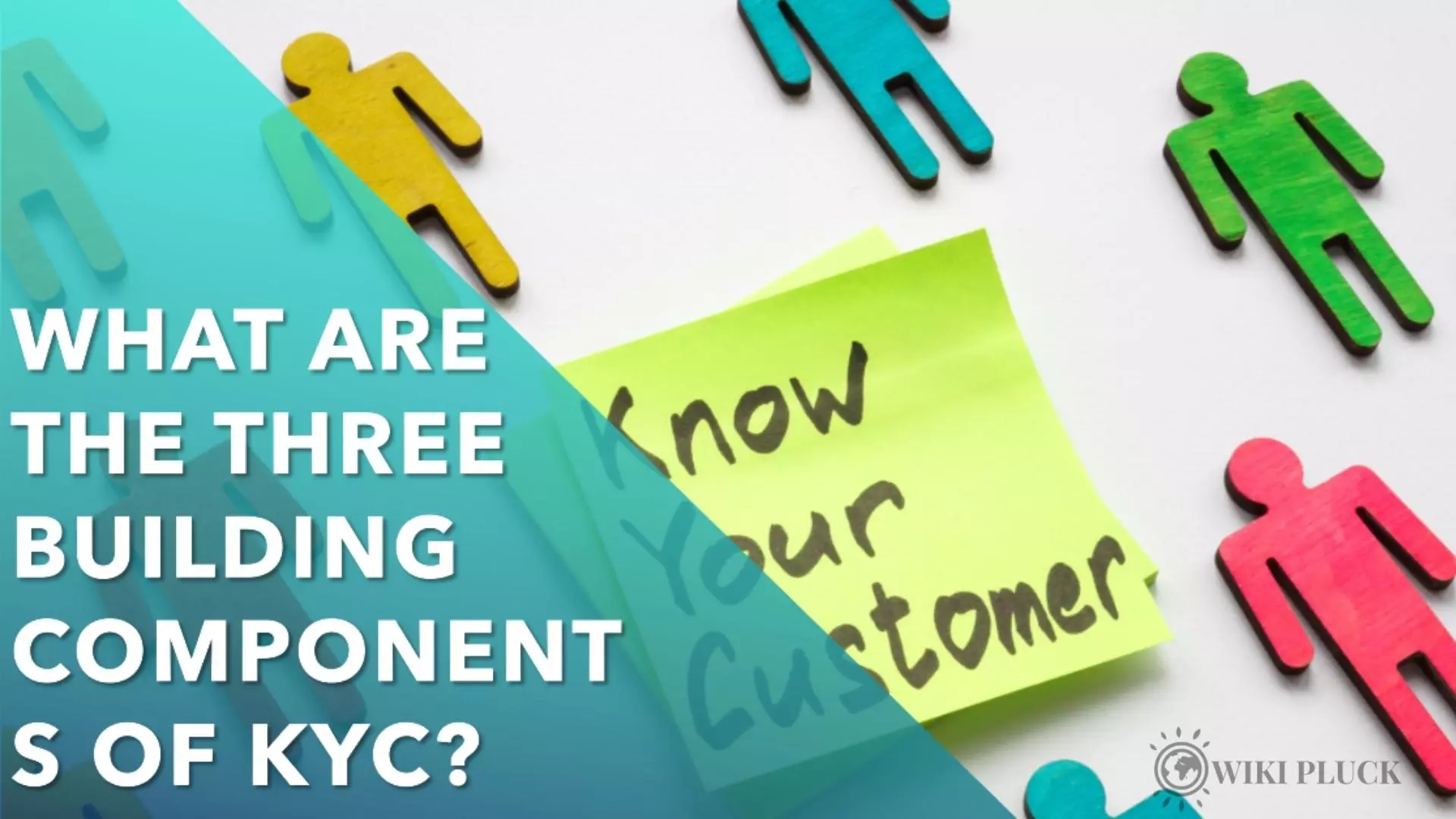In recent years, there has been a great deal of worry within financial institutions. This anxiety centers on the possibility and repercussions of unintentionally working in financial misbehavior, such as engaging with clients who are engaging in illegal activity.
Due to the fear in the sector, financial institutions have recently strengthened their internal control processes and adherence to anti-money laundering (AML) measures. They have gone ahead and implemented best practices like the Know Your Customer (KYC) and Customer Due Diligence (CDD) protocols.
So, what is KYC, and what are its building components? This piece answers that question.
What Is KYC?
KYC stands for Know Your Customer or Know Your Client. This is a standard procedure employed by companies to confirm the legitimacy of their clients while forging business ties. The KYC verification procedure is essential for banks and other financial organizations since it enables them to compile comprehensive client data, such as risk profiles and financial situations.
Implementing a KYC procedure in the financial industry is primarily done to safeguard businesses from financial crimes like fraud, money laundering, identity theft, and financing of terrorism. You should note that the Anti Money Laundering (AML) framework makes it legally necessary to verify KYC information when dealing with consumers.
In addition to being a legal necessity, an efficient KYC approach is an essential step in every client onboarding strategy.
The KYC process employs a risk-based technique; thus, the information collected depends on the client’s estimated risk. Using this approach, financial organizations can gain a deeper understanding of their customers’ financial, commercial, and personal qualities. This allows for the early detection of potential fraud because these institutions can search for abnormal patterns or deviations.
Besides the banking industry, other industries benefit from a well-implemented KYC procedure. These include insurance, telecommunications, trade, and cryptocurrency businesses. Although KYC can be done in person, it has become increasingly important to use distant digital KYC processes due to digitalization.
This indicates how crucial it is to work with a dependable partner over the long term for KYC services. With digital KYC, you can undertake ongoing monitoring and updating even after establishing a client relationship.
Also Read: KYC Regulations: Ensuring Compliance and Safeguarding the Financial System
What Are the Components of KYC?
It is worth noting that all KYC regimes compromise of three components, as discussed below:
Identity Verification
Understanding an individual’s true identity is the cornerstone of trust in any relationship. That is why verification holds a central role within the framework of any KYC (Know Your Customer) system. This is especially critical for businesses in regulated services, such as financial services, where the certainty that customers are indeed who they claim to be is of utmost importance.
Identity verification is essentially a process that serves as a means of confirming a customer’s identity. Verification processes frequently leverage various technologies in today’s predominantly digitized KYC landscape. These processes include artificial intelligence (AI), security measures, and checks such as biometrics.
The steps in the typical identity verification process are as follows:
Document verification– Document authentication is comparing any document, such as a government-issued ID, to official government databases to determine its legitimacy.
Face verification– To prevent spoofing efforts and ensure the actual presence of the person being verified, liveness checks and facial scanning are used. By doing this, it is confirmed that the real person matches the image on the presented identity.
Address verification – This process involves customers providing proof of their address. The proof is then scrutinized against government-issued identity documents to confirm its validity.
Also Read: Online Document Verification: Ensuring Security and Efficiency in the Digital Age
Customer Due Diligence

The next stage once a customer’s identification has been securely verified is due diligence. This step is vital to evaluate potential customer-related hazards and how they can impact the firm using all the current information.
Customer due diligence (CDD) identifies potential risk factors by meticulously evaluating data from a range of sources, including:
- Lists of sanctions published by the government and other authorities
- Information that is freely accessible to the general public, such as news stories and company information
Additionally, CDD entails discovering more about the client’s identity, career goals, affiliations, and the likelihood that they’ll act in a way that could jeopardize the business.
Enhanced due diligence (EDD) processes are routinely applied to clients who pose a high risk. These exhaustive investigations may include checking credit histories, analyzing politically exposed person (PEP) listings, investigating court cases, perusing watchlists, and looking into negative media coverage. This process ensures that the risks associated with high-risk clients are fully understood.
Monitoring

Ongoing monitoring entails conducting regular checks aimed at staying informed about risk status. These checks involve keeping an eye out for the following:
- Abrupt and unusual fluctuations in transactional activity
- Peculiar cross-border activity
- Mentions in adverse media reports
- Remarkably substantial withdrawals and deposits
- Transactions involving entities subject to sanctions or individuals on watchlists
Detecting any suspicious activity during these checks could alter the dynamics of your relationship with the customer. In such cases, risk management teams should promptly initiate enhanced due diligence procedures and meet any local legal obligations, which may include the mandatory filing of a Suspicious Activity Report (SAR).
Closure
The KYC components are the foundation of building trust, reducing risks, and assuring compliance in various businesses, particularly the financial sector.
In the implementation of services, the first phase is identity verification, which uses numerous technology tools to check the validity of a customer’s identification. The next step is checking client due diligence, which explores potential risk concerns connected to the consumer by examining a variety of data sources. Finally, constant monitoring is the last component that ensures that risk assessments are up to date by monitoring various indicators.
These three elements combine to form a strong foundation that enables firms to prevent financial crimes, maintain regulatory compliance, and build trusting relationships with their clients. It is impossible to exaggerate the significance of these KYC-building pieces in a corporate environment that is rapidly changing. They enable firms to effectively adjust to changing conditions while maintaining their integrity and security. So, ensure your business is KYC-compliant today.
As the driving force behind WikiPluck, I am dedicated to curating and sharing insightful knowledge across a spectrum of subjects. From technology trends to Business advice, WikiPluck strives to be a go-to resource for those seeking to enhance their understanding and make informed decisions.
Join me on this journey of discovery and enlightenment as we pluck the gems of wisdom from the vast landscape of knowledge.



